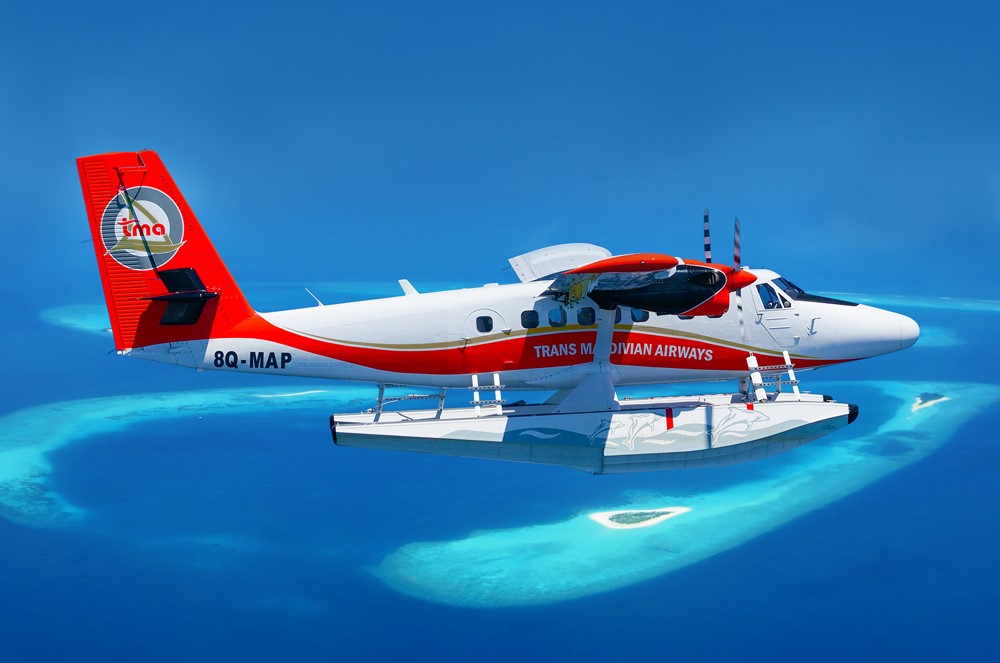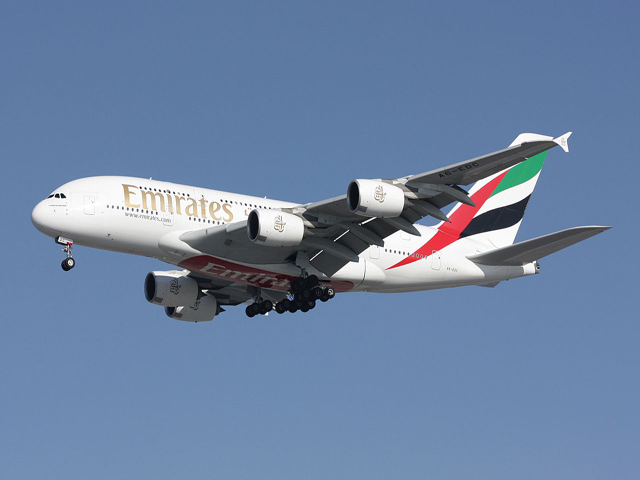Passengers who felt sick on Emirates A380 quarantined in New York on Wednesday were suffering from colds and flu.
The Washington Post quoted New York City health officials as confirming the majority of people were suffering from the common ailments.
They were also tested from the more serious Middle East respiratory syndrome (MERS) but a spokesman for The Centers for Disease Control and Prevention told the paper the results were negative. MERS is a potentially fatal virus affecting the lower respiratory system that has caused hundreds of deaths in the Middle East.
The CDC has asked passengers to call their health care provider if they develop any symptoms and advised people suffering from the flu to stay home and avoid travel for at least 24 hours after the fever is gone.
At least 19 people on the flight were confirmed sick after more than 100 reported feeling ill with flu-like symptoms.
Emirates Flight 203 from Dubai sat for hours on the runway while officials from the Centres for Disease Control and Prevention (CDC) cleared the plane after taking passengers’ temperatures and requiring them to fill out additional paperwork.
The packed plane had 521 passengers on board and New York City officials said 10 people, seven passengers and three crew, were taken to hospital and nine were sick.
Passengers said there were some people who were sick and coughing before they boarded the plane and questioned why Emirates had allowed it to take off. They also said they asked for masks but none were available.
“There was around five doctors, medical personnel who were coming downstairs on the lower deck to collect the passengers who were coughing,” said a passenger Lydia Ayallew told NBC news in New York.
READ our ratings for Emirates.
Others were still worried even after they had been cleared by the CDC.
“I feel like I’m worried what’s going to happen the next 72 hours,’’ said one passenger as he left the terminal, “Am I going to catch something or not, I don’t know.”
Another, Diali Makki, told NBC that officials on the ground took the temperatures of passengers to make sure they were OK.
“It was a dramatic morning … I’m going to the doctor as we speak,’’ she said.
Pop star Vanilla Ice, who was on the flight tweeted: “This is crazy. Apparently, there is over 100 people sick on the bottom floor, so happy I’m up top, it’s a double-decker plane 380.”

Emirates confirmed in a statement that 10 people “were taken ill” on the flight and were transported to nearby Jamaica Hospital in Queens “as a precaution”.

“After being initially evaluated at the airport, the patients, which included three passengers and seven crew members, were transported to Jamaica Hospital where they were immediately isolated and evaluated for their symptoms,” the hospital said in a statement reported by News Corp.
US ABC News said that the pilot had reported that two male passengers had very high fevers and that dozens were “coughing non-stop”.
The A380 was taken to a location away from the terminal so that emergency officials could evaluate the situation.
Emirates confirmed that all passengers were screened by local and health authorities prior to disembarkation.
However, passenger fears of being infected on the aircraft are often overblown.
Aircraft such as A380s are equipped with hospital-grade High-Efficiency Particulate Air (HEPA) filters capable of removing 99.999 percent of all known viruses and bacteria from the recirculating air.
Ventilation rates also see air changed 20 to 30 times per hour and aircraft cabins are separated into zones so they can be heated or cooled individually.
“Transmission of infection may occur between passengers who are seated in the same area of an aircraft, usually as a result of the infected individual coughing or sneezing or by touch (direct contact or contact with the same parts of the aircraft cabin and furnishings that other passengers touch),’’ the World Health Organisation says.
“This is no different from any other situation in which people are close to each other, such as on a train or bus or in a theatre.”
The WHO says the most likely situation in which the flu is likely to spread is when the aircraft is on the ground and the main ventilation system is not operating.
“During the outbreak of severe acute respiratory syndrome (SARS) in 2003, the risk of transmission of the disease in aircraft was found to be very low,’’ it says.
























